Technology Doesn’t Need To Be Hard
-
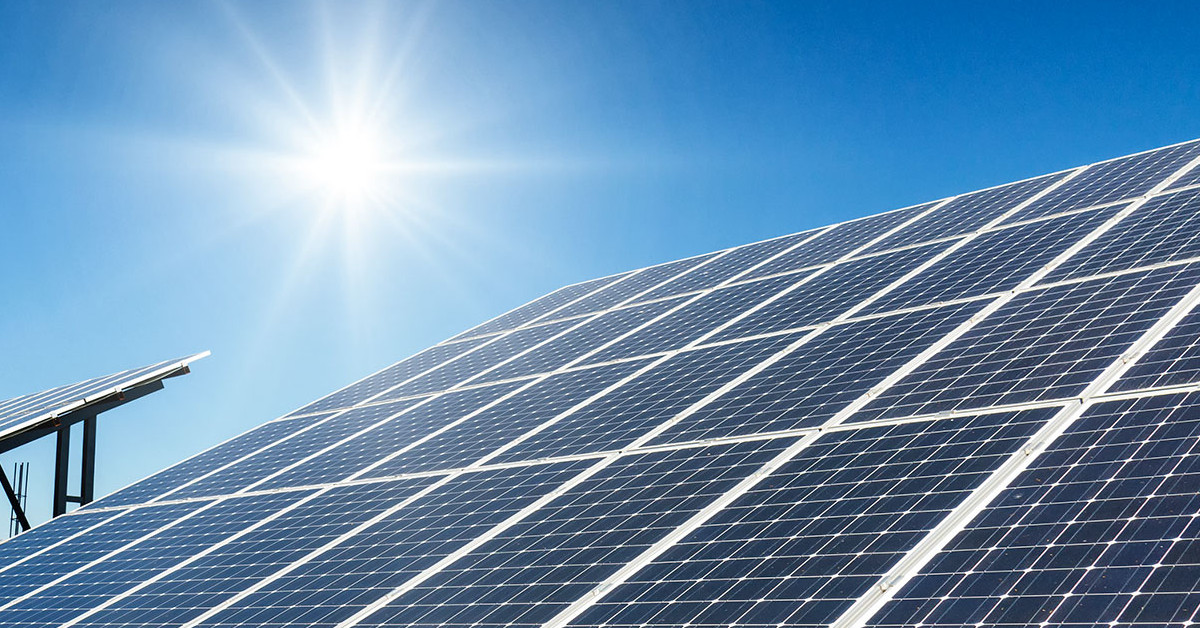
Photovoltaic Cells
A photovoltaic (PV) cell, also known as a solar cell, is a device that converts light energy into electrical energy. This technology has become increasingly important as a source of renewable energy, particularly in the last few decades as concerns about climate change and environmental sustainability have grown. The basic operation of a photovoltaic cell […]
-
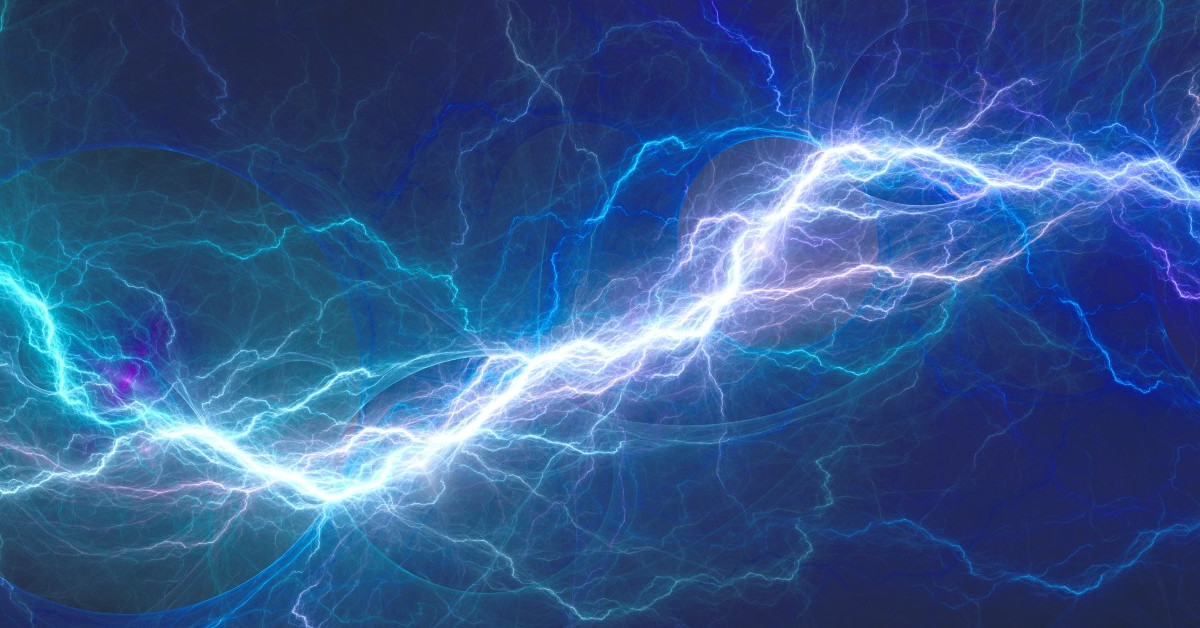
p-n Junctions
A p-n junction is a fundamental building block of modern electronics that allows for the creation of many different electronic devices, such as diodes, transistors, and solar cells. The junction is formed by bringing together a p-type semiconductor material and an n-type semiconductor material, which have different electrical properties due to the presence of impurities. […]
-
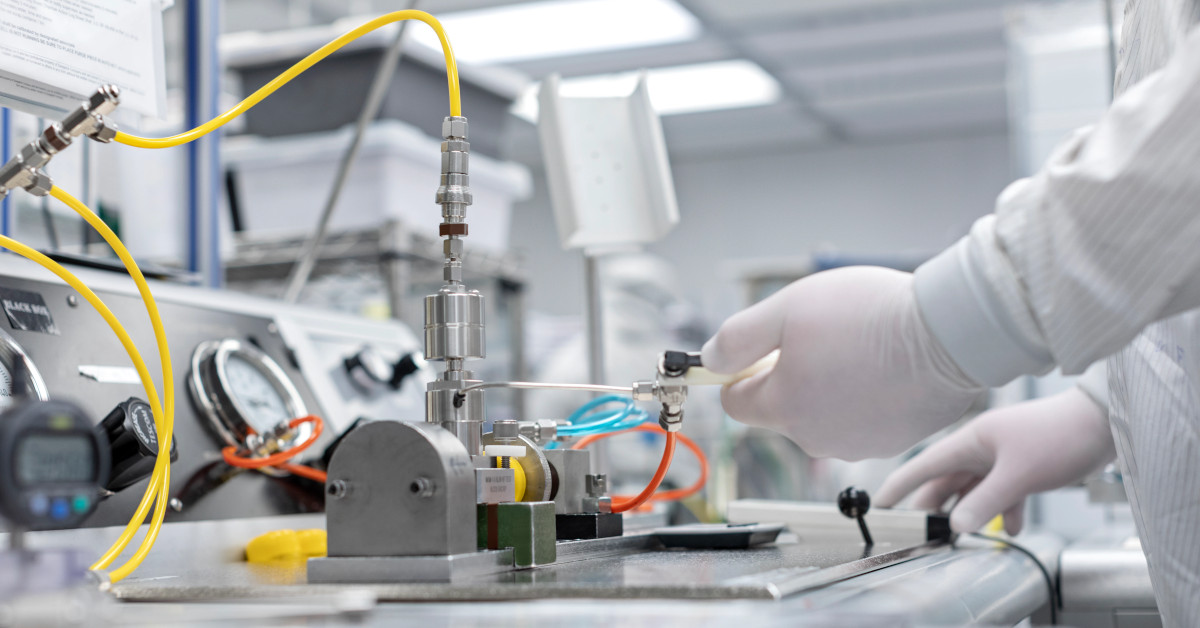
Doping (Semiconductors)
Doping is a process used in semiconductor materials to intentionally introduce impurities into the material in order to alter its electrical properties. Doping is a crucial step in the manufacture of various electronic devices, including transistors, diodes, solar cells, and LEDs. Semiconductors are materials with properties that are intermediate between those of conductors (such as […]
-
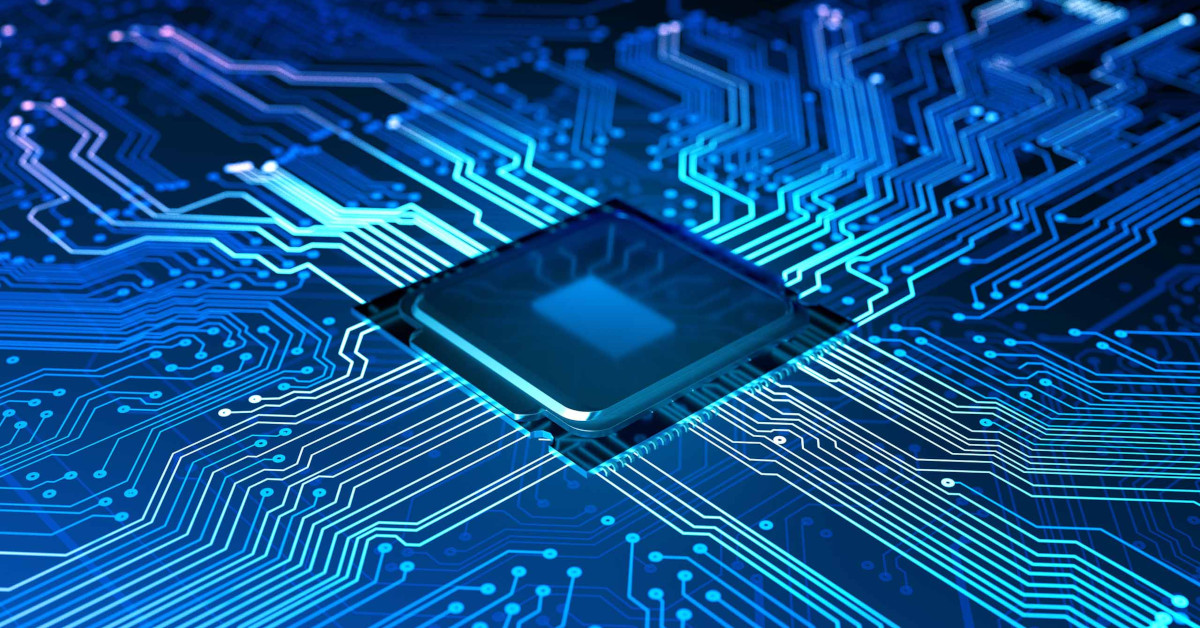
Semiconductors
A semiconductor is a type of material that is used to make electronic devices, including transistors, diodes, and integrated circuits. It has electrical conductivity that is intermediate between that of a metal and an insulator. Semiconductors are typically made of elements from the periodic table, such as silicon, germanium, and gallium arsenide, which are doped […]
-

Transistors
A transistor is an electronic device that is used to amplify or switch electronic signals. It is a type of semiconductor device that was first invented in the late 1940s and has since become an essential component in modern electronics. The name “transistor” is short for “transfer resistor,” which refers to the way the device […]
-
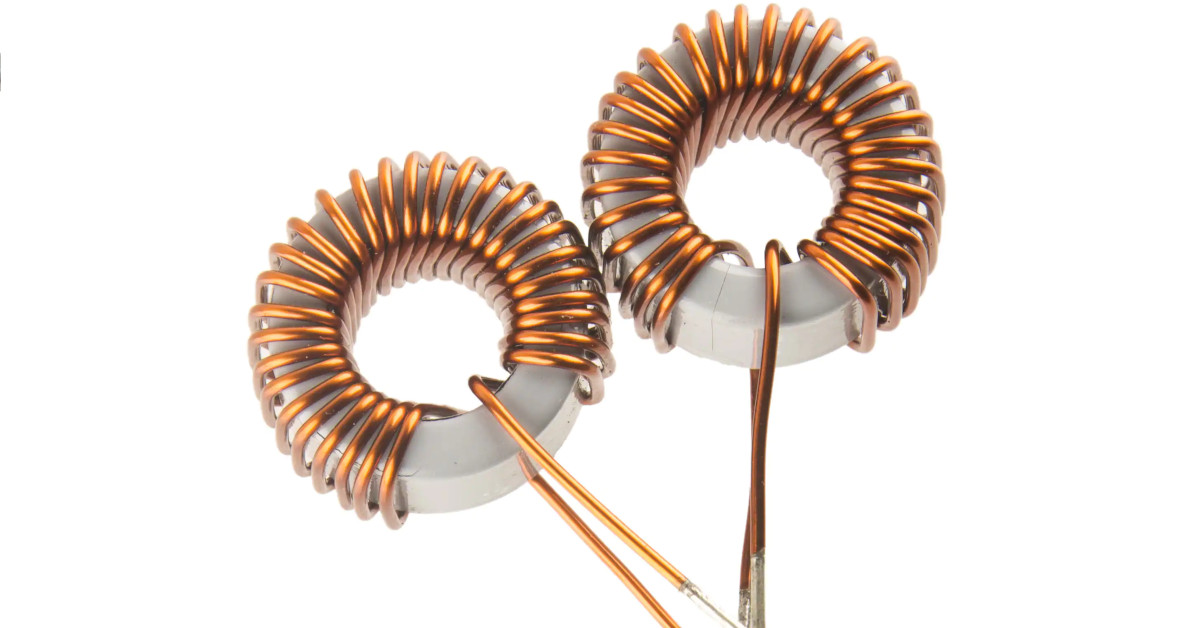
Inductors
An inductor is an electrical component that stores energy in a magnetic field when electric current flows through it. It is a passive component, meaning that it does not require an external power source to operate. Inductors are widely used in electronic circuits to filter signals, smooth power supplies, and store energy in various applications. […]
-

LEDs
An LED, or Light Emitting Diode, is a type of electronic component that produces light when a current is passed through it. LEDs are widely used in a variety of applications, including lighting, displays, and signaling. The basic structure of an LED consists of a semiconductor material, usually made of a compound of elements such […]
-

Diodes
A diode is a two-terminal electronic component that allows current to flow in only one direction. It is made of a material known as a semiconductor, typically silicon or germanium, which has special properties that allow it to be used as a switch. When a voltage is applied to the diode, the flow of current […]
-

Capacitors
A capacitor is an electrical component that stores electrical energy in an electric field. It consists of two conductive plates separated by an insulating material called a dielectric. The plates can be made of metal, plastic, or other conductive materials and the dielectric can be air, paper, ceramic, or plastic. Capacitors are commonly used in […]
-
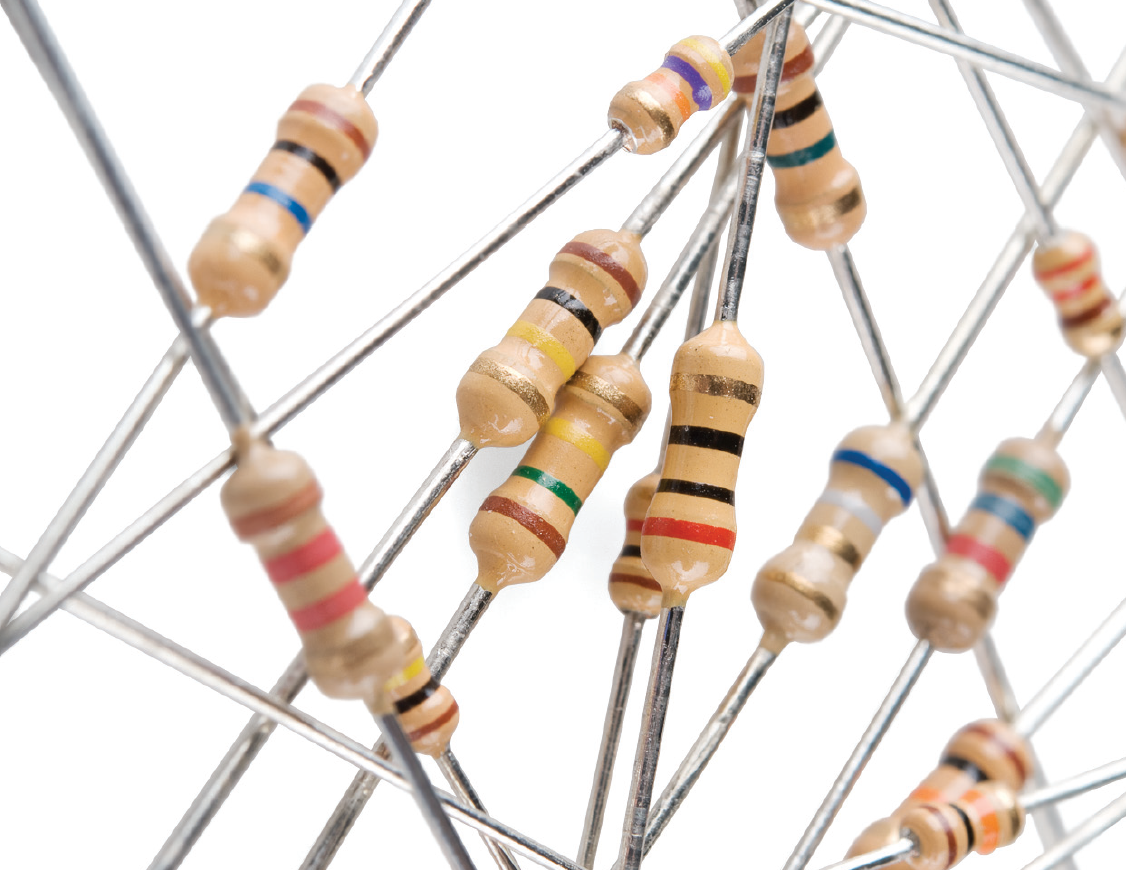
Resistors
A resistor is a passive electrical component that is designed to limit the flow of electric current in a circuit. It is one of the most basic components in electronics and is used in a wide range of applications, from simple circuits to complex systems. The function of a resistor is to resist the flow […]